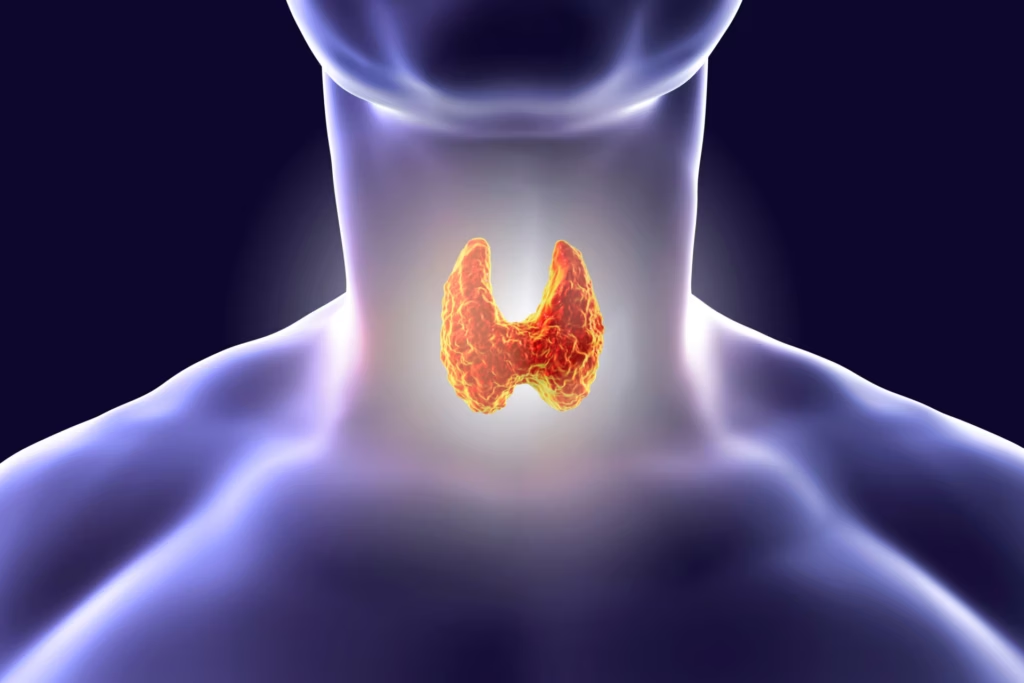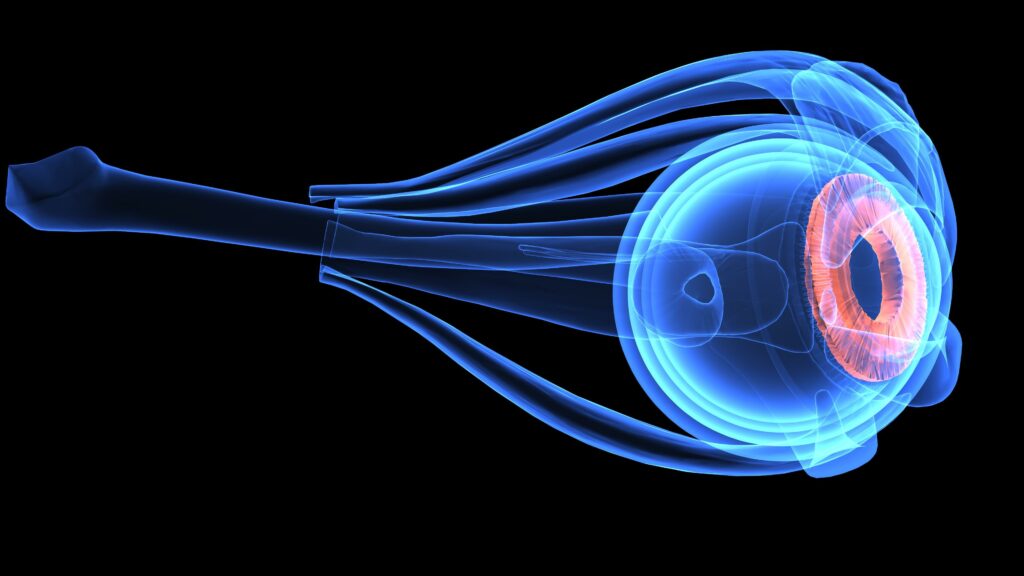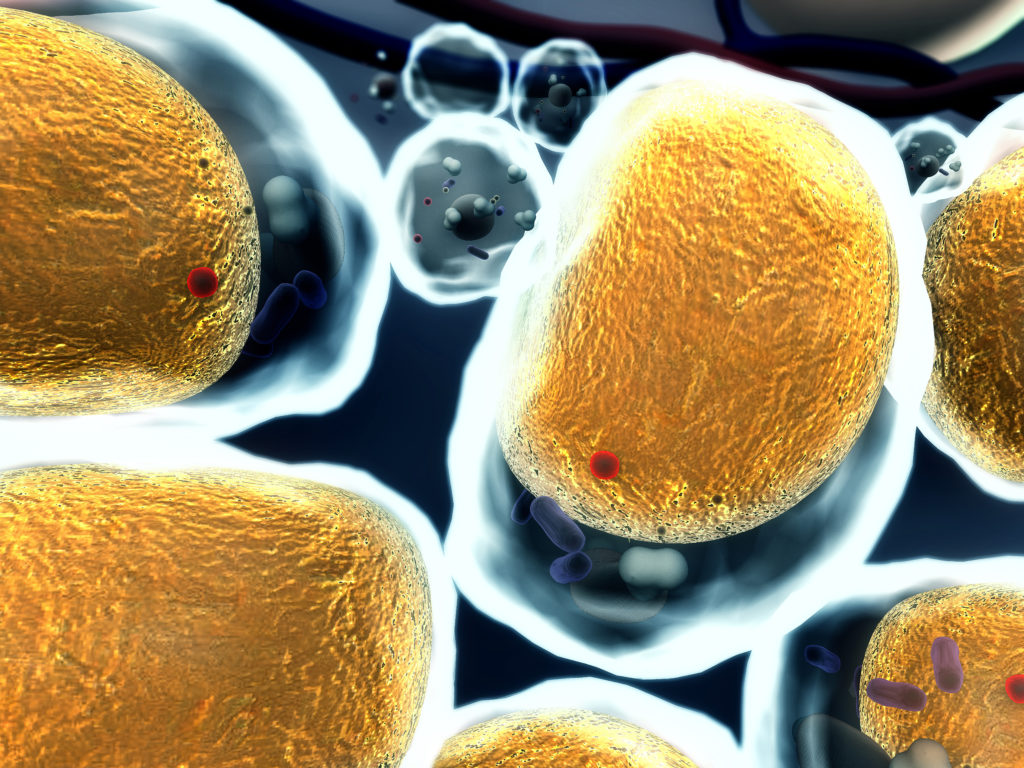Search Results
Showing Results for Graves’ ophthalmopathy

Thyroid eye disease (TED), also known as Graves’ orbitopathy, is a complex autoimmune disorder driven by an interplay of immune cells, orbital fibroblasts and tissue remodelling factors that lead to inflammation, oedema and, ultimately, potential vision loss.1 While the disease ...

This systematic review and meta-analysis investigate the efficacy of teprotumumab, a novel monoclonal antibody, in reducing proptosis for patients with long-duration thyroid eye disease (TED). While teprotumumab has shown promise in treating active TED, its effectiveness in chronic cases remained ...

Immune checkpoints are small molecules that are present on the cell surface of T lymphocytes to regulate the immune response. While some of these molecules enhance the stimulatory signals, others boost the inhibitory signals to blunt the activity of T ...

Hyperthyroidism is a disease characterised by excess thyroid hormone synthesis and secretion from the thyroid gland. It is most frequently caused by Graves’ disease and toxic nodular goiter. Systemic complications involving the respiratory, cardiac and gastrointestinal systems, as well as ...

In children, hyperthyroidism occurs less commonly compared to hypothyroidism, yet it is far more symptomatic.1 Hyperthyroidism in children is mostly due to autoimmunity, predominantly as a result of Graves’ disease.2 Non-autoimmune hyperthyroidism (NAH) is a rare cause of hyperthyroidism in ...

Moyamoya is a rare idiopathic cerebral vasculopathy characterized by stenosis of the terminal portion of the internal carotid arteries (ICAs) and the development of a thin collateral network of small vessels (“puff of smoke”), initially described as a primary disease ...

Functions of B Cells and Their Role in Autoimmune Disease Functions of B Cells and Their Role in Autoimmune Disease Although B lymphocytes are known to contribute to the pathogenesis of autoimmune disease through autoantibody production,1 many recent studies of ...

Hyperthyroidism mainly affects the female population, occurring in around 2% of women and 0.2% of men.1 The majority of patients with hyperthyroidism have Graves’ disease (GD) and, less often, solitary toxic nodule or toxic multinodular goitre. Other causes of hyperthyroidism are ...

Functions of B Cells and Their Role in Autoimmune DiseaseAlthough B lymphocytes are known to contribute to the pathogenesis of autoimmune disease through autoantibody production,1 many recent studies of B-cell function carried out in experimental animal models have shown that ...

Interpretation of Thyroid Function Tests in Pregnancy Interpretation of Thyroid Function Tests in Pregnancy Thyroid function tests can be difficult to interpret during pregnancy. Since human chorionic gonadotropin (hCG) weakly binds to the thyroid-stimulating hormone (TSH) receptor, high hCG levels ...

Current therapies of Graves' disease are aimed at reducing thyroid hormone synthesis and consist of thionamides, radioiodine and surgery.6 Thionamides block the thyroid hormone synthesis by inhibition of thyroid peroxidase, and are usually prescribed for at least one year. The ...

Medical Management of HyperthyroidismAntithyroid drugs and radioactive iodine (RAI) remain the mainstay of medical treatment for patients with GD or toxic nodular goitre, although surgery still has a place in some cases. Patients with severe symptoms may require additional symptomatic ...
Latest articles videos and clinical updates - straight to your inbox
Log into your Touch Account
Earn and track your CME credits on the go, save articles for later, and follow the latest congress coverage.
Register now for FREE Access
Register for free to hear about the latest expert-led education, peer-reviewed articles, conference highlights, and innovative CME activities.
Sign up with an Email
Or use a Social Account.
This Functionality is for
Members Only
Explore the latest in medical education and stay current in your field. Create a free account to track your learning.

